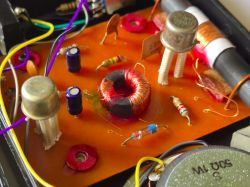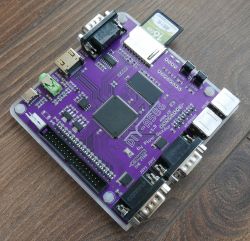
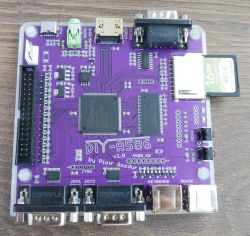
Hello
I would like to present the 1.9 DIY-A586 version, with the modifications that have come to my mind over the years. I skipped a few numbers so that I would not be tempted by another v1.x from XC6SLX9
Differences: 32MB RAM, JOY1 / 2 without multiplexing, 2 flopps without additional circuits, 18.432MHz generator, space for THT LEDs, 5k1 USB-C pull-downs, various minor fixes.
The board has:
- FPGA Spartan6 XC6SLX9
- 32MB 16bit SDRAM memory
- 16MB flash for core and ROMs
- HDMI output
- analog audio output + tape recorder input
- SD slot
- RS232
- 2 * joystick port
- 2 * PS / 2
- A500 keyboard connector
- floppy disk drive connectors
- 2 buttons (menu and reset)
- 2 LEDs
- 5V USB-C power socket
- dimensions 100x100mm
There are up to 30 configurations in flash that can be loaded into an FPGA.
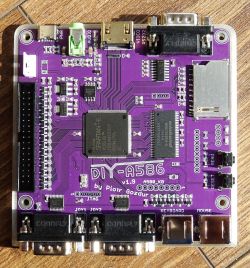
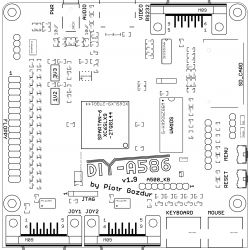
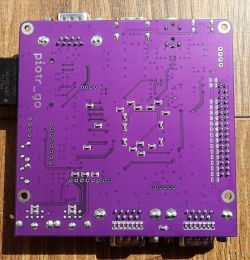
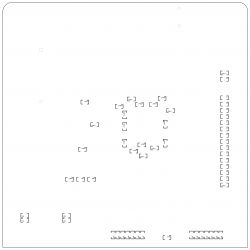
Mikan core (8MB CHIP, 23.5MB FAST) :
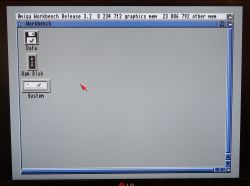
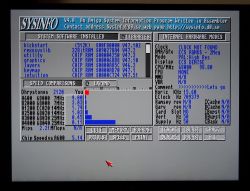
I thought it would fail, but somehow the 8MB DMA CHIP came in.
Diagram and gerberas in the appendix.
Commercial use prohibited.
Cool? Ranking DIY



